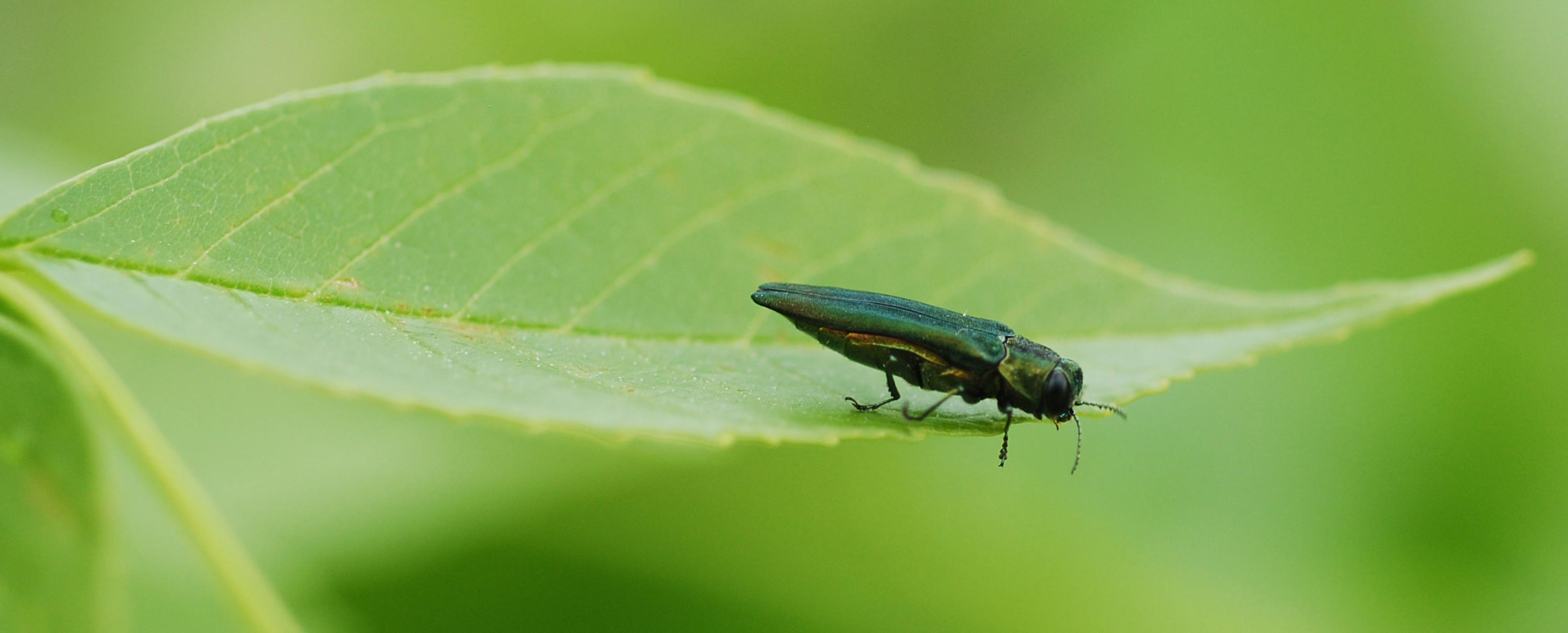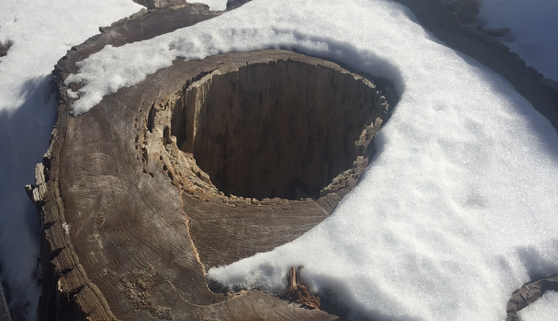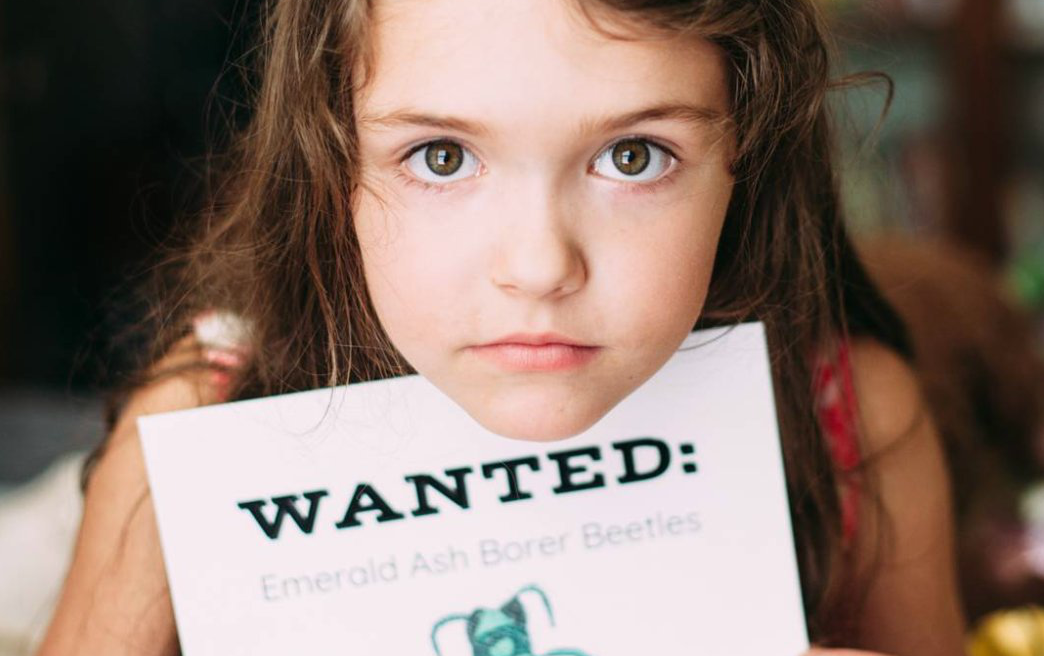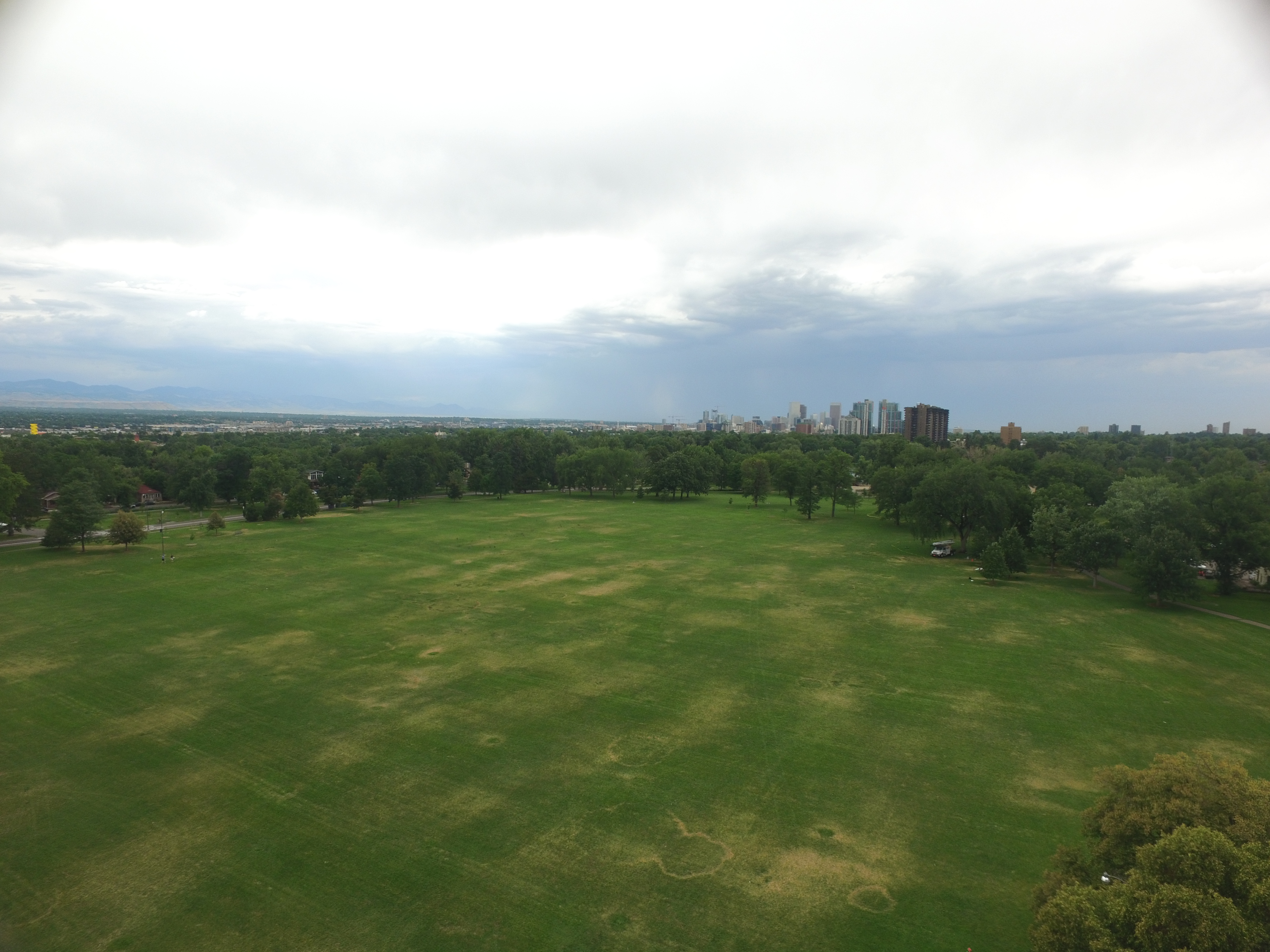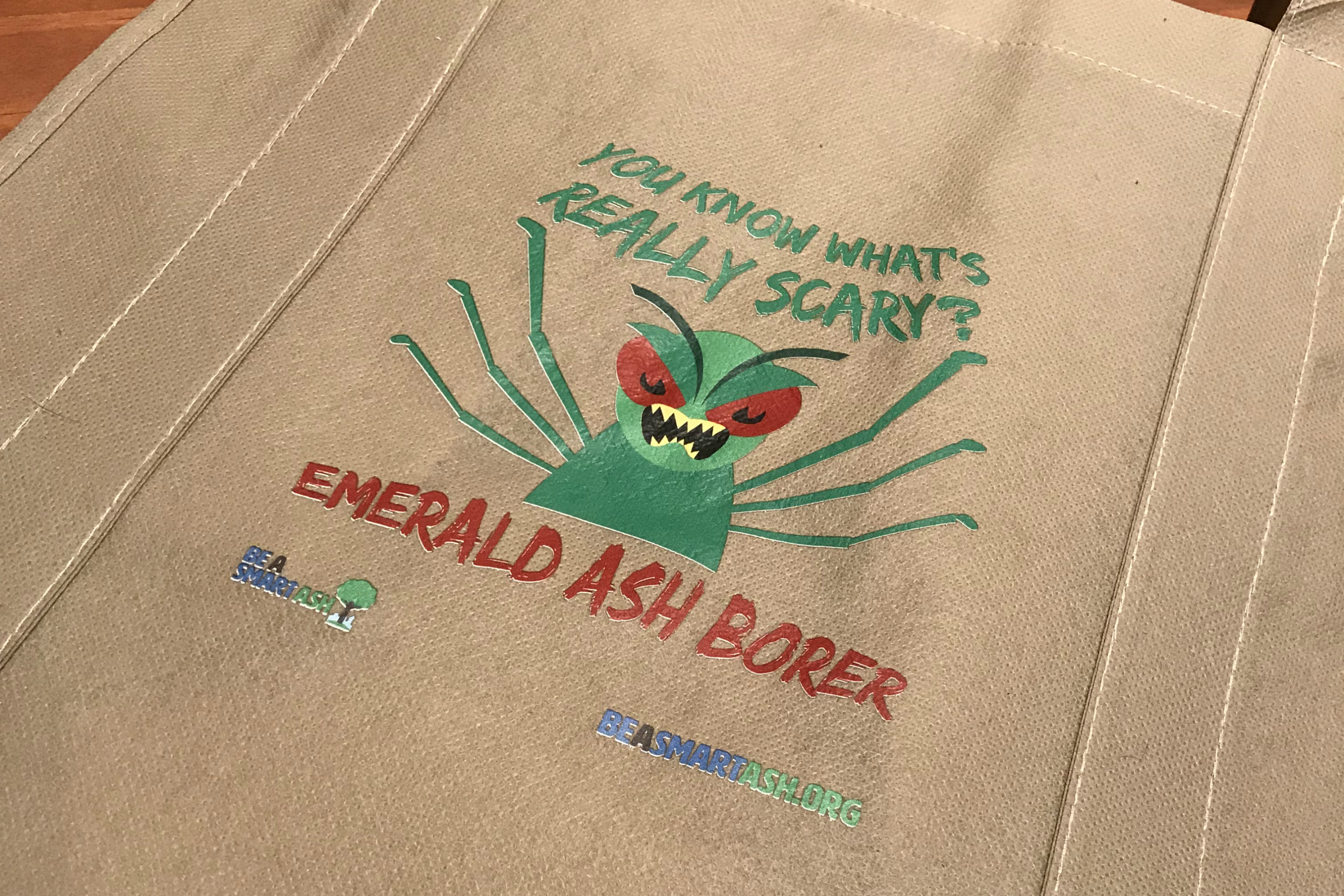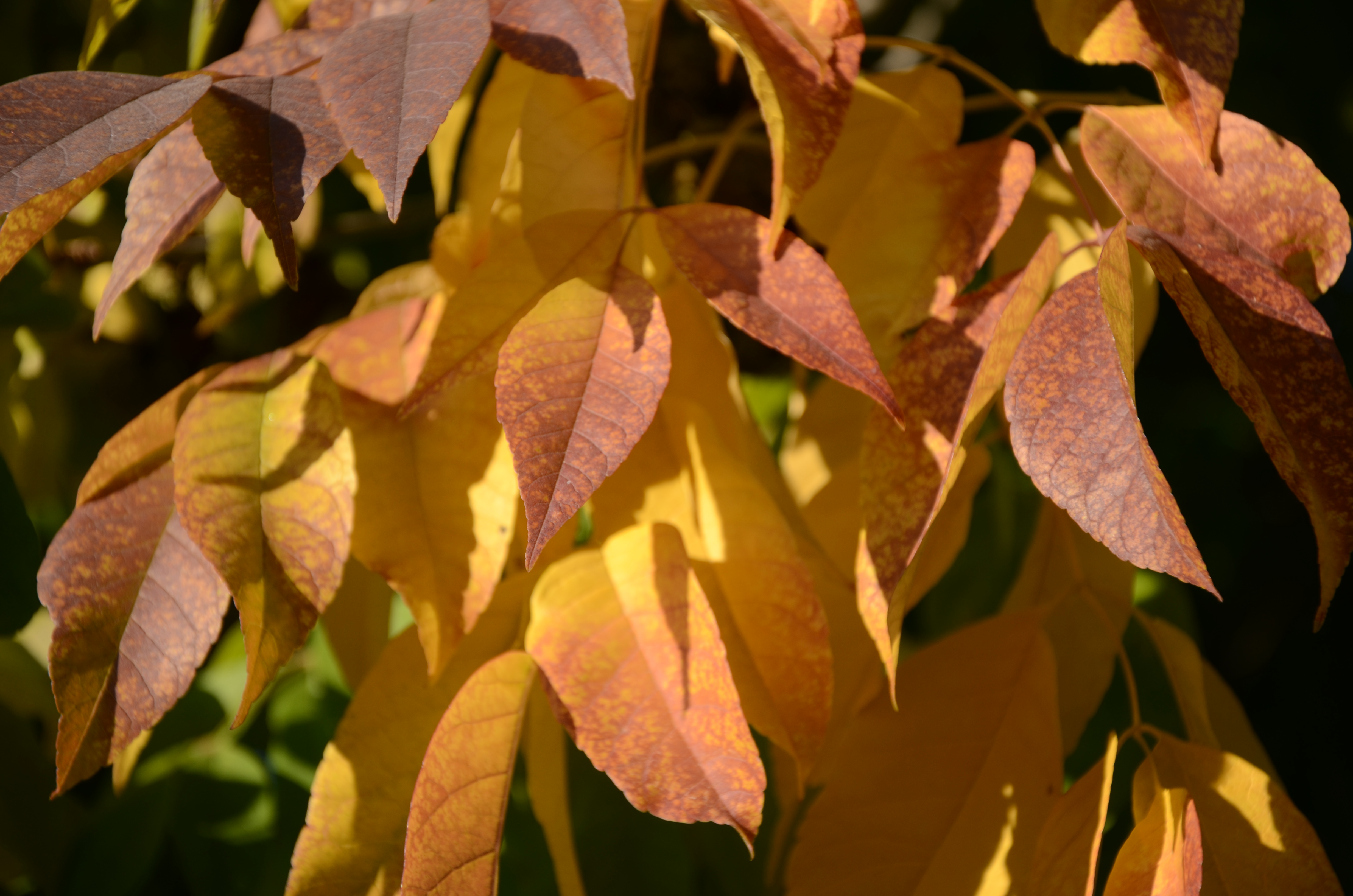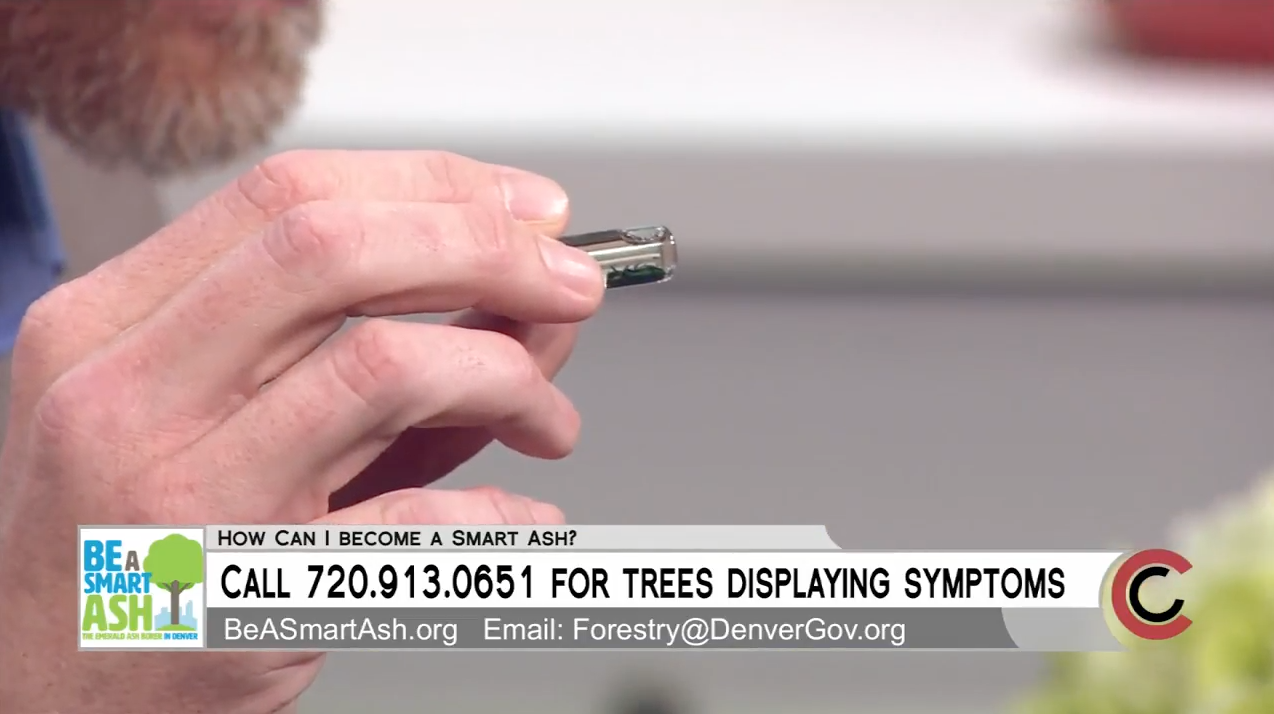Be A Smart Ash EAB awareness campaign winning hearts in Denver
Below is an excerpt from a larger feature story that appeared in “Parks & Rec Business” in February 2018. It was penned by Sara Davis, the Urban Forestry Program Manager with the Office of the City Forester, a division of Denver Parks & Recreation. She is also one of the creators of the Be A Smart Ash campaign.
DENVER, Colo. — In the city and county of Denver, Colo., one in six trees is an ash, making it vital that residents understand how they can save the ash trees and protect the city’s urban forest. The Be A Smart Ash movement, an unexpectedly irreverent, city-driven, five-year campaign launched in 2016, has rallied citizens to protect the ash trees from the Emerald Ash Borer (EAB). The campaign’s goal is to encourage residents to take action, identify ash trees, and (when necessary) treat or replace them.
One year later, citizens, community leaders, and tourists are falling in love with the campaign, which includes:
- An original song and outrageous music video sponsored by Be A Smart Ash and produced by Denver Botanic Gardens and Jonny 5 of The Flobots
- An interactive map, using tree inventory data that allow citizens to quickly assess whether there is an ash tree on their property
- Bus tails: “Big Ash, Small Ash: No matter the size, it’s time to get your ash in gear”
- Tree tags: “This Ash is Covered,” following treatment by the city
- Tree wraps that are winning hearts
- A playful but informative Twitter handle, @BeASmartAsh.


